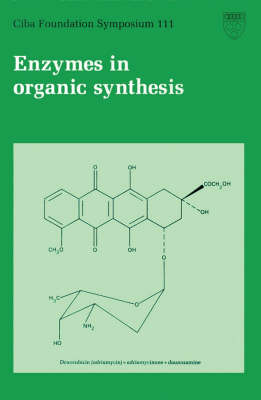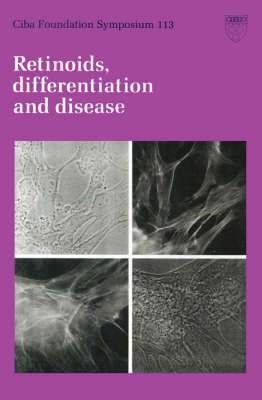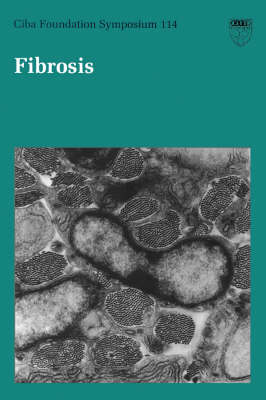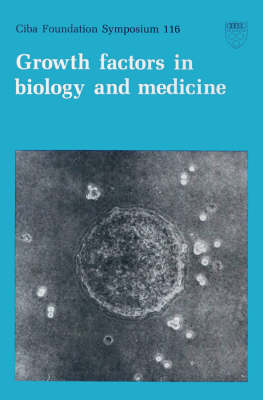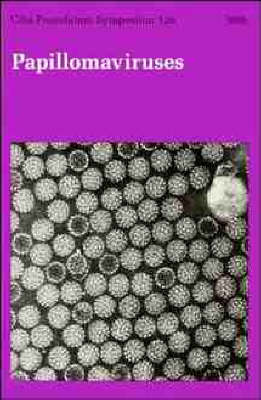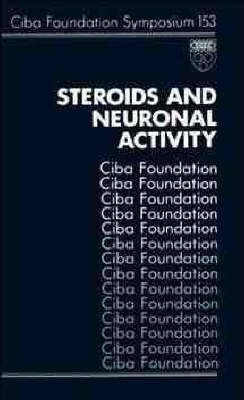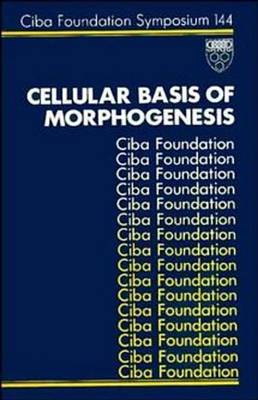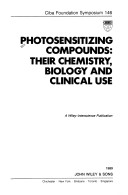Novartis Foundation Symposia
68 primary works • 104 total works
Book 111
Ciba Foundation Symposium 111 – Enzymes in Organic Synthesis
by Ciba Foundation Symposium
Book 113
Ciba Foundation Symposium 113 – Retinoids, Differentiation and Disease
by Ciba Foundation Symposium
Book 114
Book 116
Ciba Foundation Symposium 116 – Growth Factors in Biology and Medicine
by Ciba Foundation Symposium
Book 120
The potential of both vaccines and interferon in preventing or treating such disorders is also assessed. It is stressed throughout that problems remain in establishing the oncogenicity of papillomaviruses and evaluating the possible roles of cocarcinogens and immunosuppression, and that despite improved methods for diagnosing infection there is still much to be learnt about the natural history of the viruses.
Book 124
The storage granules of mast cells, and the granules of cytotoxic NK (natural killer) cells, also contain proteoglycans; their function and fate in mast cell exocytosis and in the killing of tumour and other cells is being actively investigated, as reported here. Proteoglycans are immensely varied but already, molecular biological studies of their protein cores suggest that a relatively small number of major gene families may exist within this heterogeneous, multifunctional and fascinating group of molecules. Proteoglycans are major components of the extracellular matrix of connective tissues and also occur in cell surfaces, as mediators of cell attachment. Other proteoglycans are found in basement membranes and in the granules of mast cells and cytotoxic natural killer cells. The symposium emphasizes the structural and functional diversity of these fascinating macromolecules.
Book 153
The use of glucocorticoid steroids in the attenuation of neuronal damage after stroke or other trauma is being investigated, as is the role of ovarian steroids as anaesthetics and as anticonvulsants. The volume concludes with a review of glucocorticoid effects on long-term potentiation in the CNS. Related Ciba Foundation Symposia: No 123 Antidepressants and receptor function Chairman: D.L. Murphy 1986 ISBN 0 471 91089 9 No 152 The biology of nicotine dependence Chairman: L.L. Iversen 1990 ISBN 0 471 92688 4
Book 202
Evolution of Hydrothermal Ecosystems on Earth (and Mars?)
by Ciba Foundation Symposium
Similarly, whether models for the inheritance of handedness share any features with those for the inheritance of anatomical asymmetries is an open question. Was there an ancestral left-right gene that gave rise to a family of homologues which specify morphological and functional handedness? This multidisciplinary book, the first on this topic for twenty years, discusses models for the inheritance of anatomical asymmetry and for the inheritance of human handedness. Other recent Ciba Foundation Symposia: No. 144 Cellular basis of morphogenesis Chairman: L. Wolpert 1989 ISBN 0 471 92306 0 No. 155 Myopia and the control of eye growth Chairman: J. Wallman 1990 ISBN 0 471 92692 2 No. 160 Regeneration of vertebrate sensory receptor cells Chairman: E.W. Rubel 1991 ISBN 0 471 92960 3
The convergence of the protein kinase C and Ca2+/calmodulin signal transduction pathways in the control of cytoskeletal - plasma membrane interactions by regulation of the MARCKS protein is described. The roles of GABA and NMDA receptors, calcium, protein kinase C and calmodulin-dependent protein kinase in the mechanisms underlying long-term potentiation are analysed. Other topics covered include G protein regulation of phosphoinositide and phosphatidylcholine phospholipases, growth factor tyrosine phosphorylation of phospholipase C-gamma1, the interaction between the Ca2+ and cyclic AMP second messenger systems in the regulation of insulin secretion and that between cyclic AMP and inositol lipids in activation of B cells. Related Ciba Foundation Symposia: No. 122 Calcium and the cell Chairman: P.F. Baker 1986 ISBN 0 471 91088 0 No. 150 Proto-oncogenes in cell development Chairman: T. Hunter 1990 ISBN 0 471 92686 8 No. 52 The biology of nicotine dependence Chairman: L. L. Iversen 1990 ISBN 0 471 92688 4
Ciba Foundation Symposium – Development Of The Lung
by Ciba Foundation Symposium
